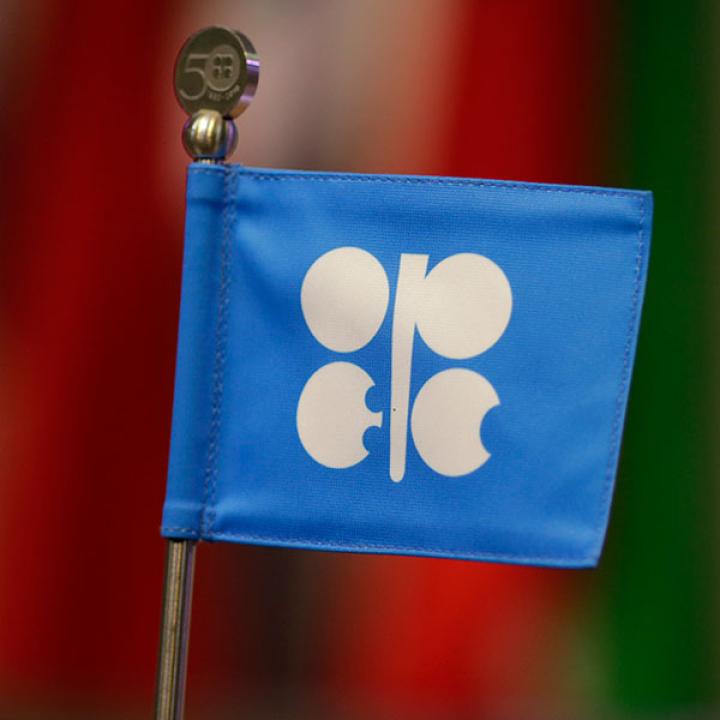
- Policy Analysis
- Policy Alert
OPEC's Weakness Is a Reality Check for Saudi Arabia

The June 5 meeting of OPEC oil ministers is expected to produce no change in policy, prompting questions of how long Riyadh can sustain its current spending.
As OPEC ministers prepare to gather in Vienna, the "Sheikhs vs. Shale" saga neatly encapsulated in last December's Economist continues. Although oil prices have recovered slightly from their lows in recent weeks, there appears little prospect of them returning to their $100-per-barrel levels of early 2014. Faced with increasing shale oil production in the United States, the OPEC cartel -- led by Saudi Arabia, the world's largest oil exporter -- is reluctantly pursuing a strategy aimed at maintaining market share. The alternative -- reducing production in the hope of prompting a price increase -- would likely bolster the economics of American shale while putting OPEC domestic revenues at further risk.
While Saudi Arabia may welcome the prospect of revenue cuts for other major oil producers such as Russia and regional rival Iran, low prices are also problematic for the kingdom, where the national budget is based on a notional price of over $100. Despite financial reserves estimated at over $700 billion, Riyadh is expected to issue bonds for the first time since 2007 to ease downward pressure on its foreign reserves, according to an International Monetary Fund official quoted this week. The kingdom has shown no sign of making significant budget cuts; rather, the Financial Times reported on June 2 that Saudi defense spending was expected to increase 27 percent over the next five years to $62 billion annually, a figure exceeded only by the United States, Russia, and China.
An immediate strain on the current Saudi budget is the war with Yemen, where Riyadh is providing most of the firepower and effort among the Arab coalition fighting the Iranian-backed Houthi rebels. Although the coalition still aims to reestablish the government of exiled president Abdu Rabu Mansour Hadi, the situation on the ground appears stalemated, and more than half of the country's 25 million residents face potential famine this summer because of delayed food imports. Riyadh is also burdened by its ongoing financial support for Egypt, Bahrain, and opposition fighters in Syria.
For now, Saudi oil minister Ali al-Naimi is publicly depicting the policy of preserving market share as a success. "Demand is picking up. Good! Supply is slowing, right? That is a fact. You can see I am not stressed. I am happy," he pithily told reporters this week in Vienna. Yet his real mood may be different. The seventy-nine-year-old oil veteran seemed morose at the Saudi Council of Ministers meeting on June 1, and he has had a tough time recently on the professional front. In April, he lost his leadership position at Saudi Aramco, the state oil company, and since January he has found himself answerable to a man fifty years his junior: Deputy Crown Prince Muhammad bin Salman, the king's favorite son.
If recent history is any indicator, the headlines coming out of Vienna tomorrow could well be deceptive (e.g., the December Economist story -- which could not foresee King Salman's January accession -- identified Russia, Nigeria, and Venezuela as losers in the market shakeout, while also anticipating that high-cost producers would be forced out of business, which has yet to happen). Some observers are already focusing on the likelihood that this is Naimi's last OPEC meeting, but the real story seems to be how long the kingdom can maintain its newly assertive regional role if oil prices remain relatively low.
Simon Henderson is the Baker Fellow and director of the Gulf and Energy Policy Program at The Washington Institute.



